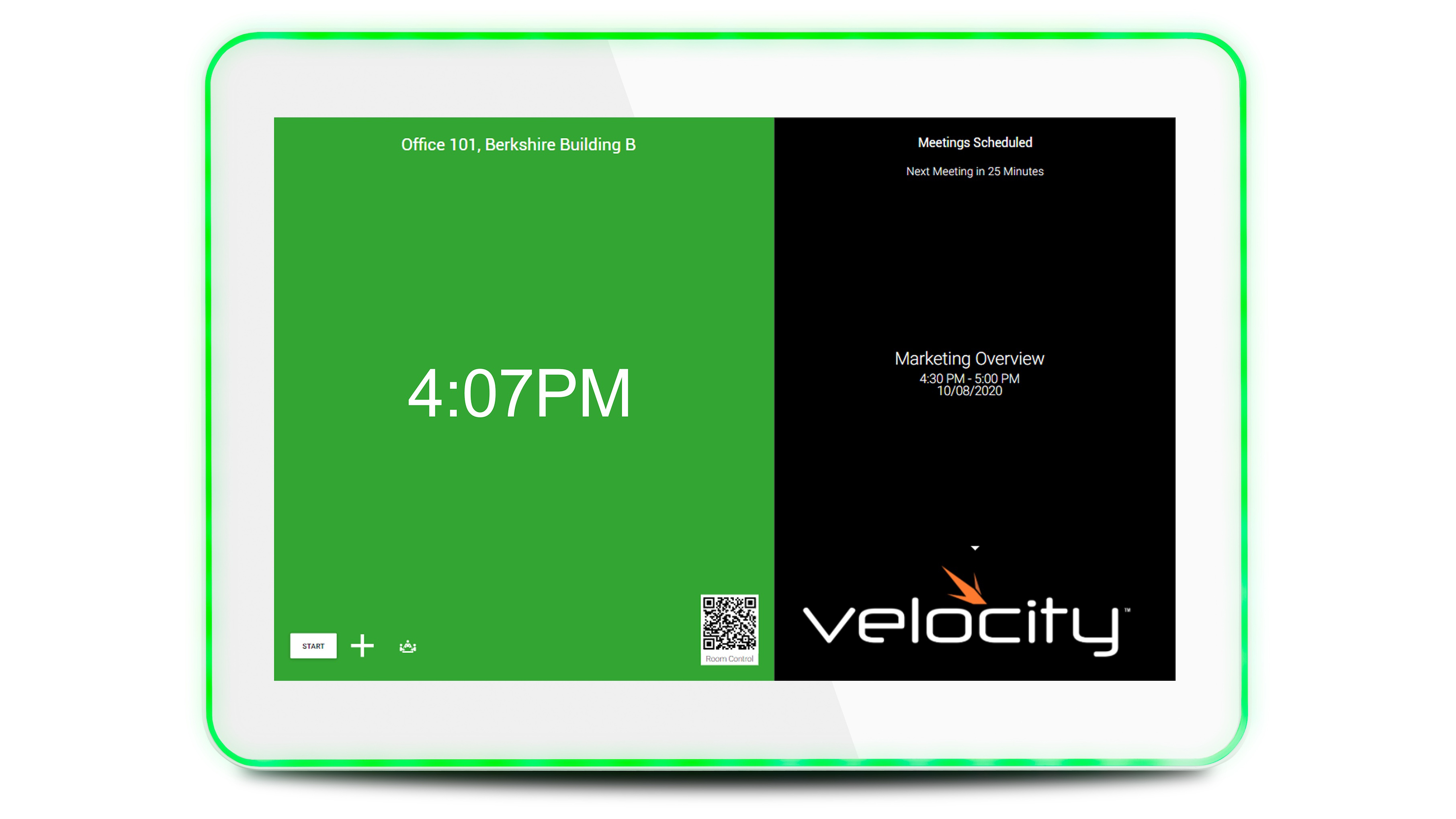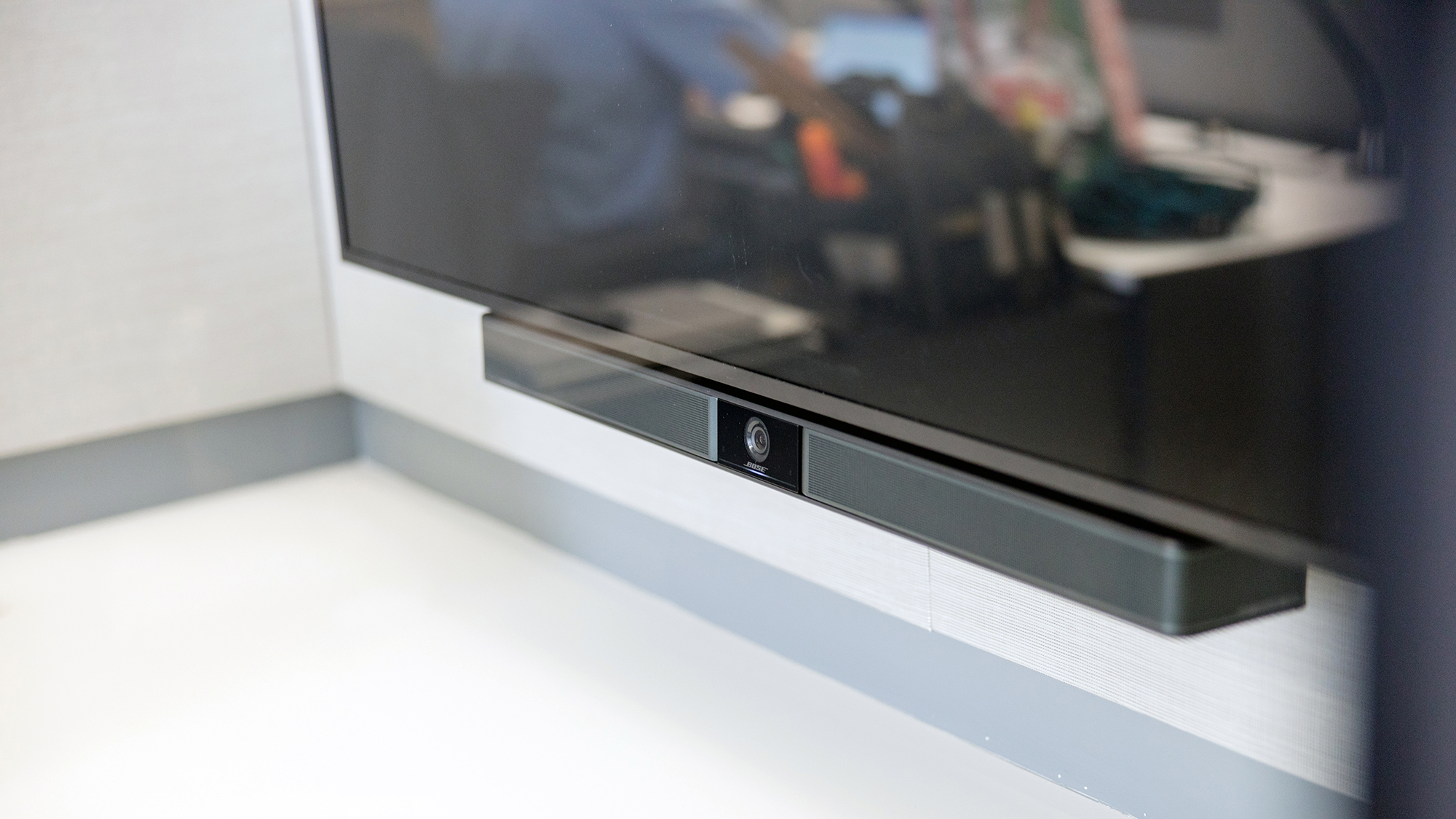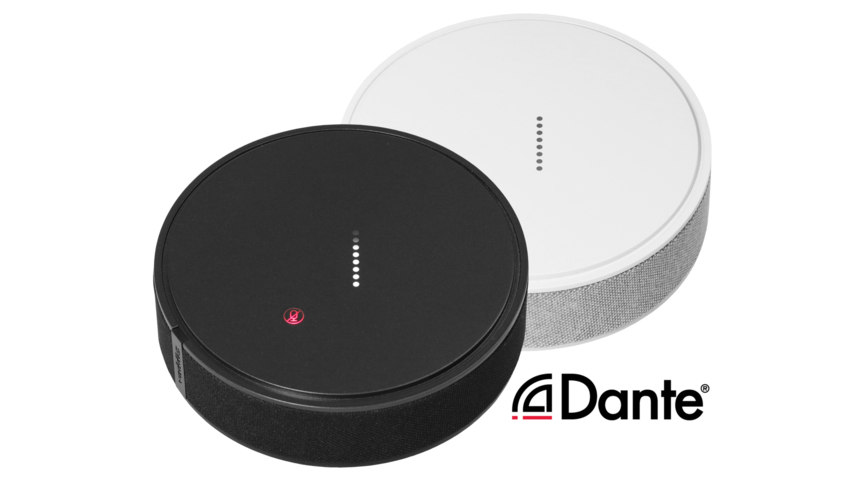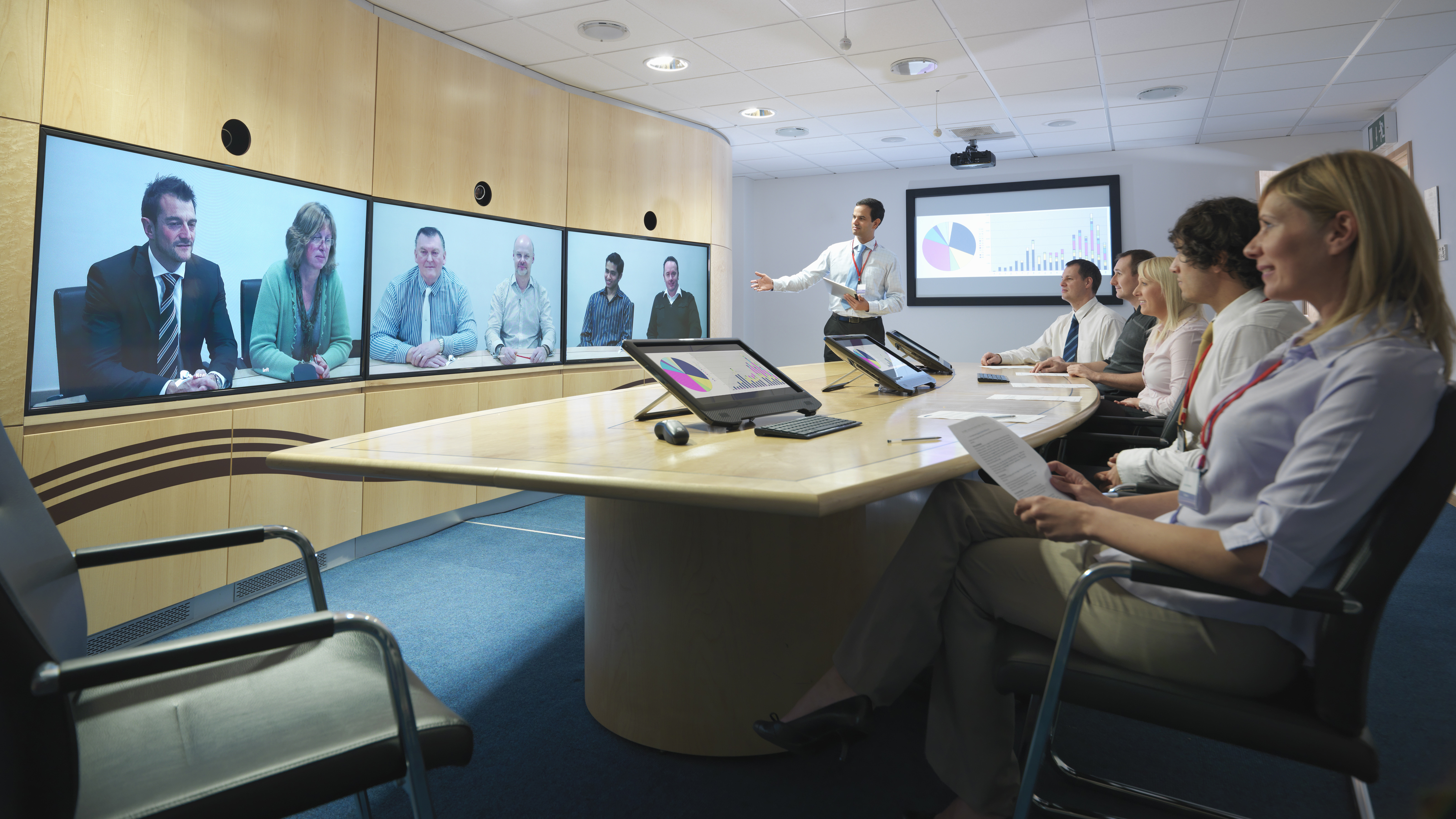The status quo is not meant to last forever. Companies may find that embracing these developments will make for a more productive and engaging work environment, increasing company morale and making them wish they had adapted to a hybrid work environment sooner.
As COVID-19 vaccination campaigns continue to ramp up across the United States, companies are beginning to accept the idea that in-person-only businesses may be on the way out. Traditional presence requirements may be doing more harm than good, limiting opportunity even as they foster a stronger corporate culture.
In an analysis conducted by technology company Envoy, 48 percent of those surveyed wanted to work a hybrid schedule of both in-person and remote work, with 41 percent saying they would take a small pay cut to make it happen. “The office as we know it is changed forever,” said Garth Lobban, director of marketing for Atlona. “At Atlona, we call it Office 2.0. While an increasing number of workers will return to offices, the hybrid office will continue to exist.”

[ Audiovisual Tools and Strategies for the Evolving Corporate Campus ]
Even before the pandemic disrupted the workplace, companies were eager to integrate flexible conferencing and collaboration-based technology to increase engagement among employees and conduct global meetings more effectively. Now, however, companies are looking for guidance from technology providers to help them create not only a seamless hybrid working environment, but an intuitive one, too.
Bernadette Pearo, channel marketing manager for Legrand AV, said her company is looking at three main themes when it comes to conferencing. “It’s about the people, spaces, and technology. Based on these three important themes, we think it’s going to be all about flexible meeting spaces, technology for hybrid collaboration, and an enhanced remote user experience.”
Before looking at the technology, consider the space in which it will operate. The pandemic has changed the math about how many people can fit in particular meeting room, and not only because of the weight we may have gained while working from home. Meeting room capacity decreases with social distancing that requires employees to keep a 6-foot buffer around themselves. Pearo said, “The need to accommodate social distancing and capacity limitations will lead to a demand for more meeting spaces. Capacity limitations will force more remote participants because the conference room that once fit eight people will now only work for four participants.” Ensuring that every space is multifunctional, intuitive, and as AV-friendly as possible will be key when designing meeting spaces, communal areas, and individual work areas.
When updating and designing spaces to support hybrid working, unified communications and collaboration (UCC) technology is vital to ensuring employees have real-time capabilities within meeting rooms and communal areas. “The hybrid office incorporates traditional office technology and the latest tech that connects people around the world,” said Martin Bodley, director and global head of Bose Work.
[ The Technology Manager's Guide to Collaboration in the Post-COVID World ]
[ Bose on AV in the Post-COVID World ]

More than ever, remote participants will be just as important as those physically present in the room. “These solutions need to be simple to install and easily integrated with both UC appliances and BYOM [bring your own meeting] devices such as laptops, in addition to providing extremely intuitive user experiences in connecting to the installed room systems,” added Shaun Robinson, vice president of product management with Xilica.
With this in mind, companies will accelerate the process of simplifying their meeting spaces, integrating in-room technologies with an accessible control system. Lobban said that the focus today is on touchless tech. “We are integrating technology that allows people to avoid touching the control system. We have integrated QR code capability into our Velocity control system that allows people to take over the control system in a space by capturing the code with their phone or tablet,” he explained. “Where it was once about convenience, it is now about touch-free capability.” With the pandemic far from over, touch-free AV will be crucial and companies will be looking for products that offer that flexibility.
Rooms will also need to be configured to support USB-C, a connector standard that was already taking off prior to the pandemic. Lobban added, “Integrators will need to install USB-C devices, which not only carry video, audio, and data but also provide power. Importantly, these devices will also need to be able to manage USB switching from one PC host to another—critical for passing USB mics and cameras from an in-room PC to the BYOM laptop.”
Videoconferencing, which used to take place primarily in boardrooms, is now available to anyone with a laptop or computer camera thanks to the popularity and accessibility of Microsoft Teams, Zoom, and Google Meet. Bodley noted that this technology has growing utility in applications outside the traditional workplace. “We’re seeing it being used in telemedicine—from people having a virtual appointment with their healthcare provider to medical schools using videoconferencing tech to incorporate real-life training. This growth and evolution will continue as collaboration tools leverage AI, continually enhancing the ease of use.”
[ Audio Advancements and Sound Strategies for Hybrid Learning Spaces ]
[ Distance and Hybrid Learning Trends in Higher Ed ]

Professional-grade cameras will become standard in offices, and they’ll be installed in more places than just meeting rooms. Companies will look to build them into individual cubicles and offices to ensure that each employee has the ability to interact fully with off-site team members. “Seeing facial expressions or body language is crucial to understanding one another and getting to know your teammates. Teams are scheduling video events for ‘happy hours’ or scheduling ‘coffee breaks’ to fulfill the small talk that is missed when we are no longer going to the office every day,” said Legrand’s Pearo.
Along with cameras, carts will have a much larger role in hybrid working environments. “Carts can flexibly move technology around the office for impromptu meetings. It’s cost-effective and not a permanent installation of the technology,” added Pearo. “Carts have cable management to keep a clean and easy install, and to keep users from tampering with the setup.” This option is useful for spaces in which cameras can’t be mounted, such as glass or cube walls.
Audio will also need to be given greater consideration to ensure that all participants can be heard and hear everything taking place within the physical meeting room. “For the past 10 years, audio has suffered from ‘good enough’ quality in our conferencing tools,” Bodley observed.
Integrators will need to stop thinking of audio as an afterthought and focus on creating a comprehensive audio ecosystem that includes microphones (ceiling, table, and linear), loudspeakers, audio conferencing and processing software, and other accessories to offer an elevated overall meeting experience. “It is now possible to incorporate the signal processing required to effectively integrate mic arrays into challenging room acoustic environments, and in a small enough form factor to sit behind a display next to the UC appliance or under a table,” said Xilica’s Robinson.
Many integrators may look to beamforming microphones and micro-format DSPs for hybrid work environments, both of which are increasing in popularity. Technology like Bose’s PinPoint noise-filtering and -removing software, which is currently in pilot testing, will also see increased usefulness in hybrid work environments; it can be run in the cloud, on a PC, or in firmware on a device. Bodley said, “This is a technology that is rapidly advancing its usefulness, and it’s invisible to the user. It simply works and improves the overall experience.”
[ Audio Quality Workarounds for Remote Collaboration ]
With the need to connect a larger number of remote employees, the concern of too many participants in meetings will need to be addressed by company IT teams. “Overflow rooms and divisible spaces will become a necessity, and businesses will need to adopt AV over IP products that can extend signals from one meeting space to another over the corporate network,” added Lobban. This will expand the number of places from which employees can participate in meetings, which will help if continued social distancing efforts are needed.
Control systems will have to be able to work across multiple platforms, especially when it comes to room scheduling. “This gives you one system for room control and scheduling that can also be integrated into the corporate scheduling platform such as Google Workspace or Microsoft Office 365,” said Lobban.
As companies are working overtime to address issues brought on by the pandemic, it’s important to ensure that you’re asking the right questions before moving forward. Take the time to think about what you really need and select products with flexible applications that will allow your space to grow and evolve as your company does. Pearo suggested, “Think about what the goals are for your team, then work your way outward to understand what you need to accomplish these goals.”

